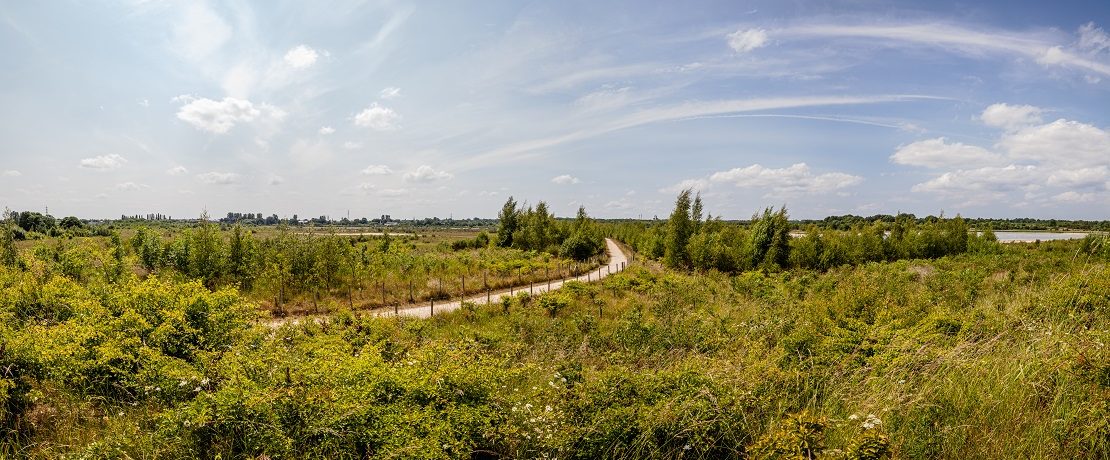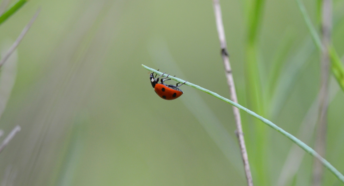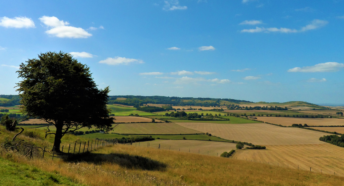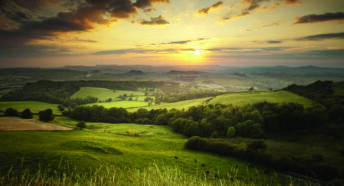Bringing back beauty
To celebrate the ‘Restore our Earth’ theme of Earth Day 2021, we share some inspiring stories of restored and revitalised beauty spots selected by nature writer Kate Blincoe.
It’s easy to feel disheartened about the impact of humans on our planet. After all, evidence surrounds us, from extreme weather events to headlines about species loss and climate change. Yet all is not lost. We are capable of transformative work to mend and reverse that damage; repairing, rebuilding and correcting the past.
Join me as I take an uplifting look at places where industrial dereliction, pollution and damaged landscapes have been replaced with beautiful and vibrant habitats, where people and nature can thrive.
Flashes of hope
Northwich Woodlands in Cheshire is an exciting and large-scale project. Made up of nine different areas of woods, parks and lakes, many connected by footpaths, it has an astonishing human history. Much of the area was used for environmentally damaging purposes: mining salt and manufacturing chemicals. Salt extraction led to subsidence, resulting in the pools known as flashes (see main picture above showing ‘Ashton’s and Neumann’s Flashes’).
Some of the land, now Marbury Country Park, was used during the Second World War by the army, with part becoming a prisoner-of-war camp. Carey Park, by contrast, was a landfill site, and after restoration is now a Site of Special Scientific Interest (SSSI), with rare grasses and butterflies. The canal, once part of the industrial network, has become an idyllic place to stroll, connecting town and countryside.
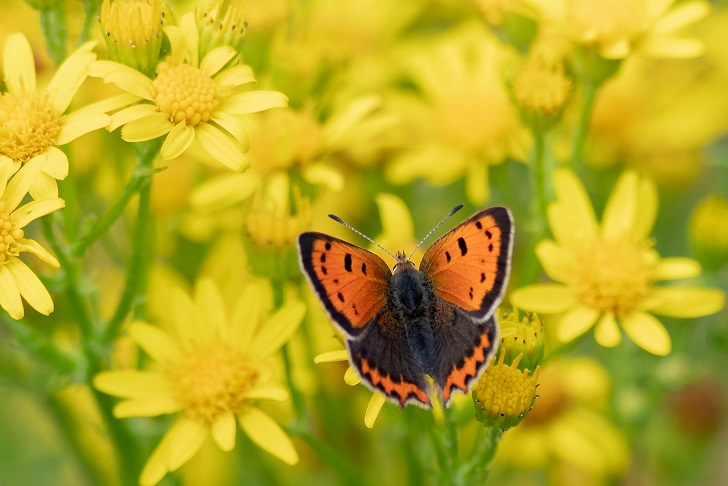
It took many years of dedication and several phases of reclamation to transform Northwich Woodlands into a much-cherished escape for runners, walkers, horse riders, cyclists and birdwatchers. Now, packed with wildlife and offering a wide range of habitats, over 2,000 species of animals and plants have been recorded here. Butterflies are especially notable, with the rare dingy skipper, small copper and small heath butterflies thriving.
Life in the Void
On Christmas Eve 1998, the last coal was extracted from a colliery near Newcastle-under-Lyme in the Midlands. Today, thanks to the Land Trust, it is now Silverdale Country Park, a valuable green space that brings public access to places with names that sound as if they belong in a dystopian film. ‘The Void’ is a dramatic, steeply sloping bowl with a pool at the base that attracts wildfowl. It’s been designated a Site of Biological Importance.
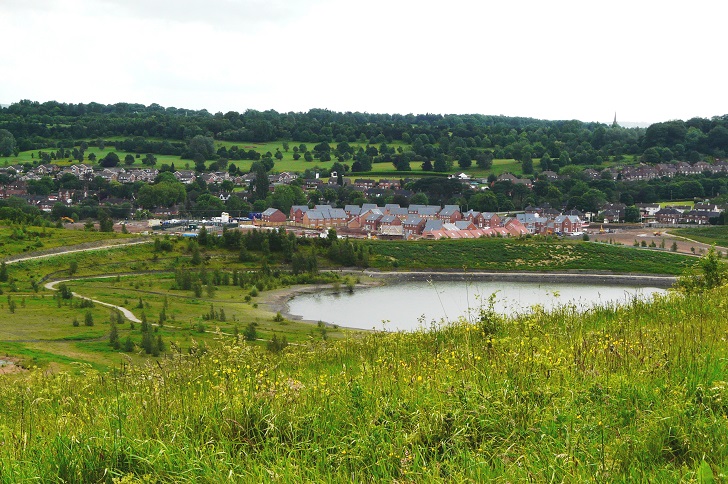
Meanwhile, the meadows of the Waste Farm Plateau were formed with spoil from the colliery, and are now a carefully managed grassland rich with wildflowers, such as orchids, and great for skylarks. The park also performs an additional function, working naturally to reduce the risk of flooding to the local area.
Peat bog preserved
Raised bog (or mire) is an endangered habitat, and at the heart of the Avalon Marshes, within Somerset’s Levels and Moors, is the largest surviving fragment of lowland acid mire in south west England. Westhay Moor National Nature Reserve, owned by Somerset Wildlife Trust, was reclaimed and protected after industrial-scale peat extraction.
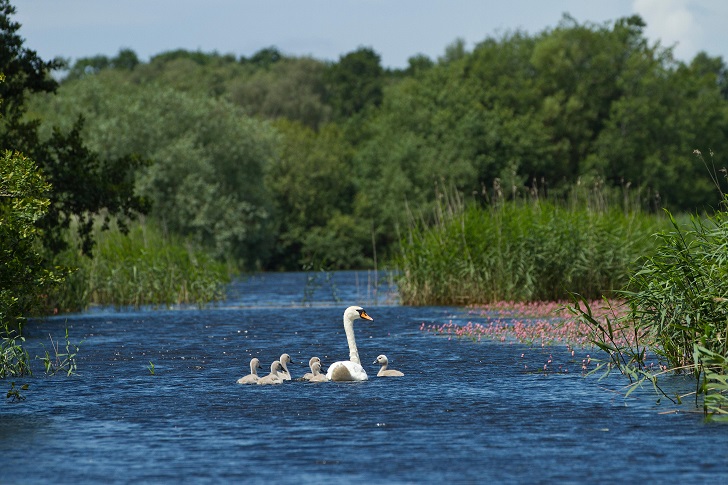
It’s a unique habitat, with plants such as marsh pennywort, bog myrtle and sphagnum mosses and many other species, such as otters, bitterns and dragonflies galore. Peat bogs are not just diverse habitats, they also have a significant role in carbon capture, so can help in the fight against climate change.
From dump to discovery
It’s hard to believe that hidden under a beautiful visitor centre, high on a grassy hill overlooking the Thames Estuary, there are tonnes and tonnes of detritus and rubbish. The former Mucking landfill, which was one of the largest in western Europe, has been transformed into Thameside Nature Discovery Park.
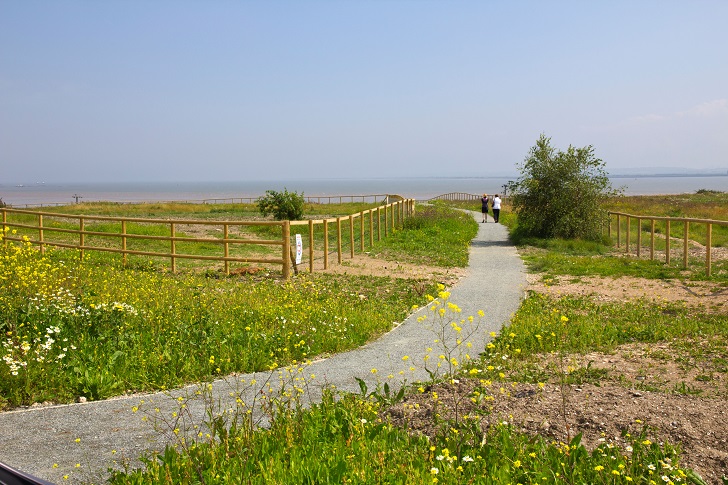
This Essex Wildlife Trust site offers stunning views across Mucking Flats SSSI and the estuary, providing much-needed green space for local communities to enjoy, as well as a brilliant spot for seeing wildfowl and waders.
It’s vital for important species, such as the rare shrill carder bee, cuckoos, water voles and short-eared owls. As Sir David Attenborough said at the opening ceremony in 2013, this ‘is a monument to what can be done to restore nature.’
Going underground
Back in the 1950s and 60s, demand for electricity after the war soared. Priority was given to building the power network as quickly and cheaply as possible. As a result, today, we live with the legacy of pylons scarring some of our most beautiful landscapes. CPRE has been working with the National Grid to put this right.
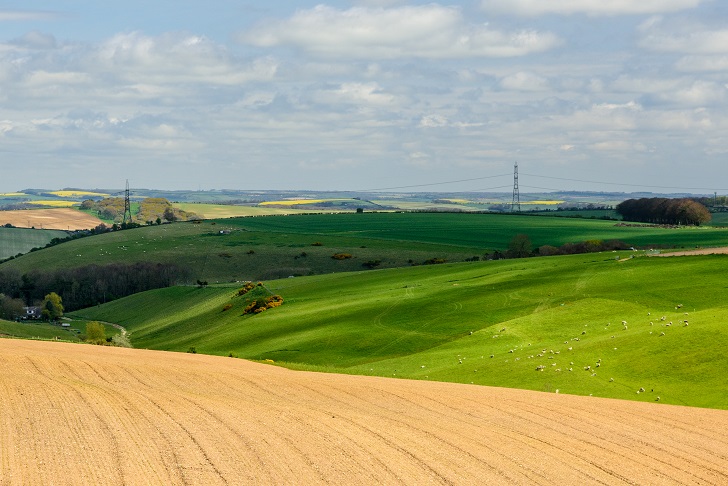
The first project is to bury 22 pylons and nearly 9 km of overhead lines in the Dorset Area of Outstanding Natural Beauty from near Winterbourne Abbas to Friar Waddon. The work will take three years to complete, and will return the rolling hills and chalk downs to their more natural state, bringing the gift of an unspoilt horizon.
Kate Blincoe is a nature and sustainability author and writer who has contributed to the Guardian Country Diary, Resurgence & Ecologist and many more.
A version of this article was originally published in CPRE’s award-winning magazine, Countryside Voices. You’ll have Countryside Voices sent to your door three times a year, as well as access to other benefits including discounts on attraction visits and countryside kit from major high street stores when you join as a CPRE member. Join us now.
